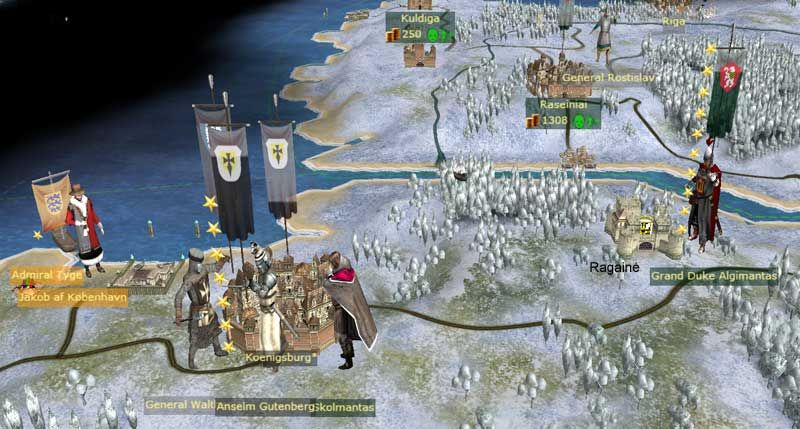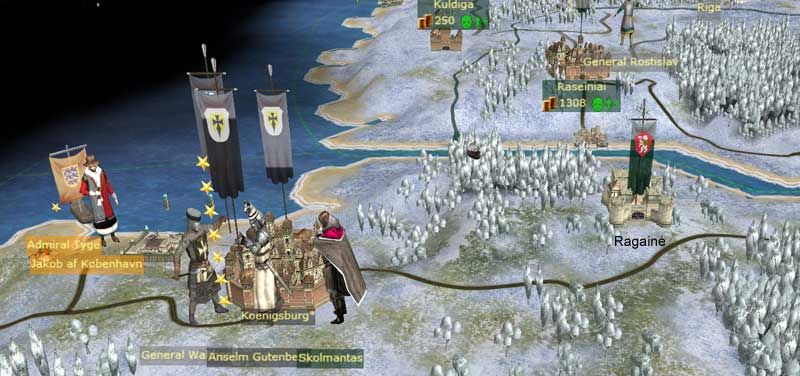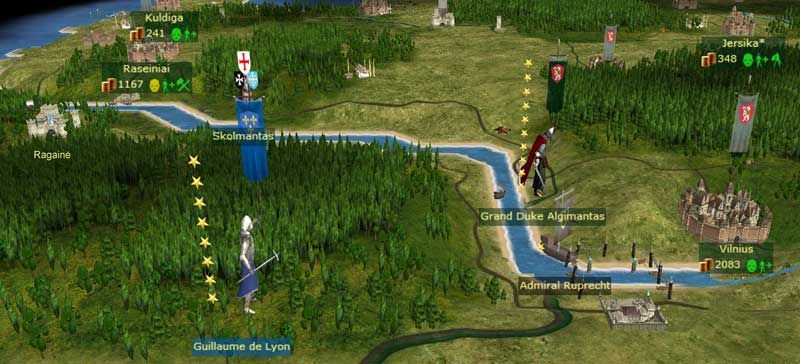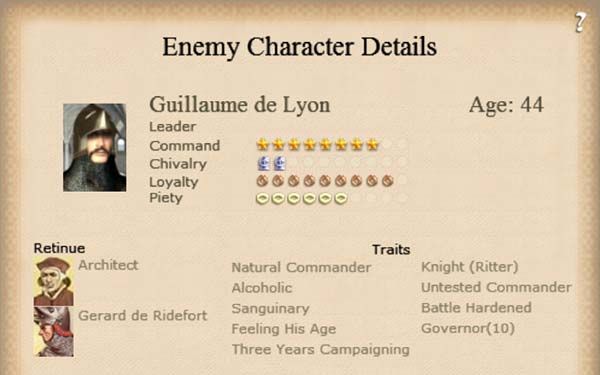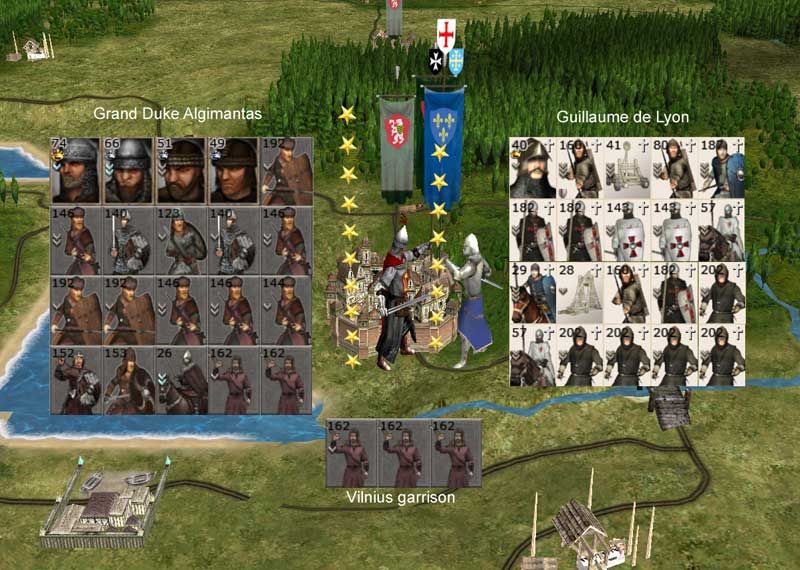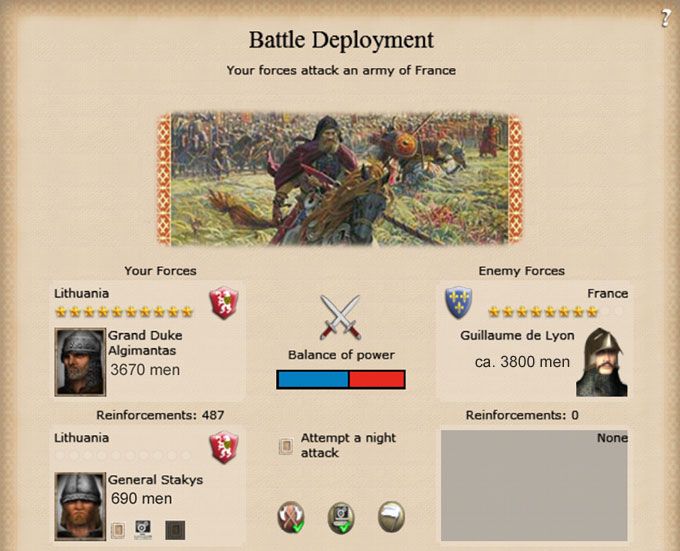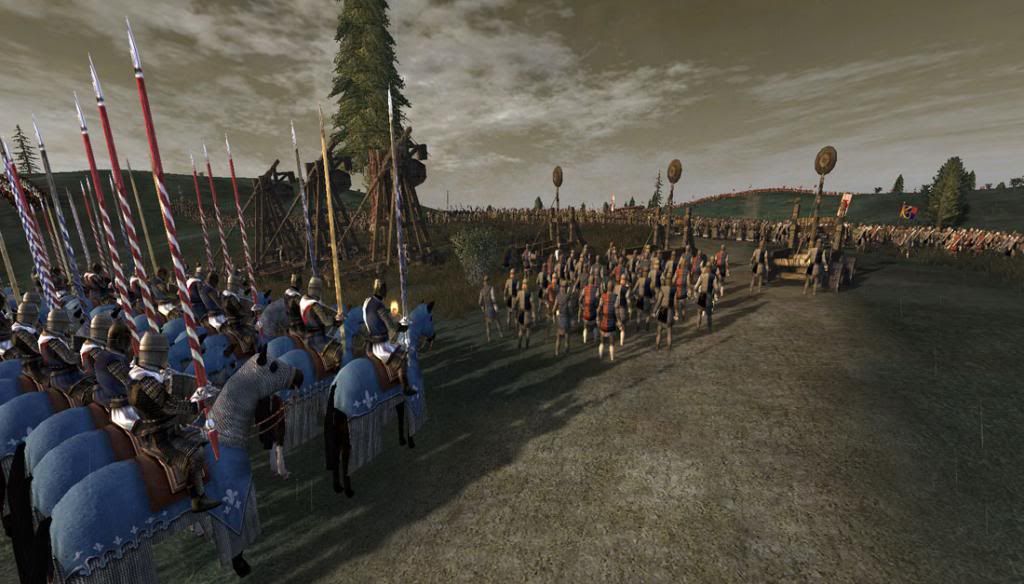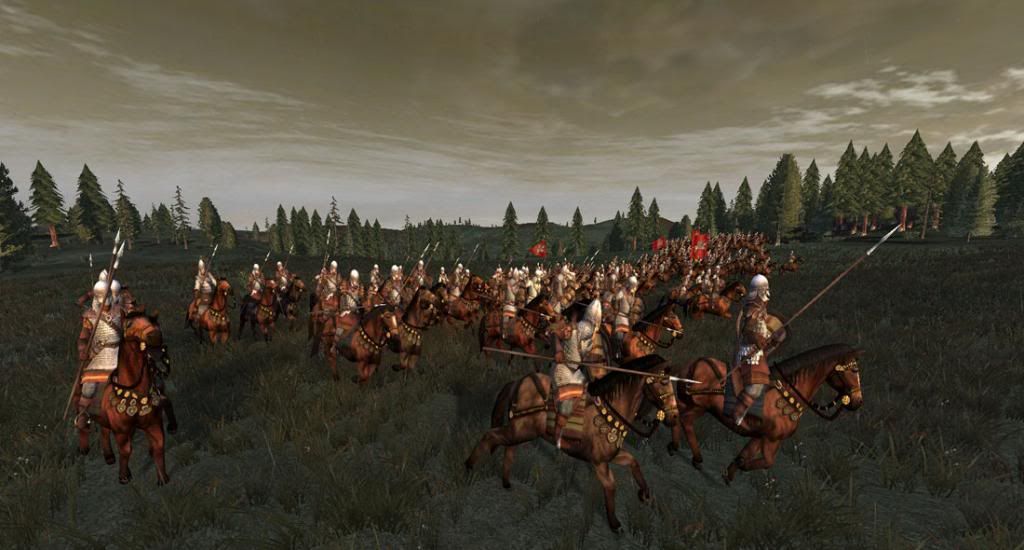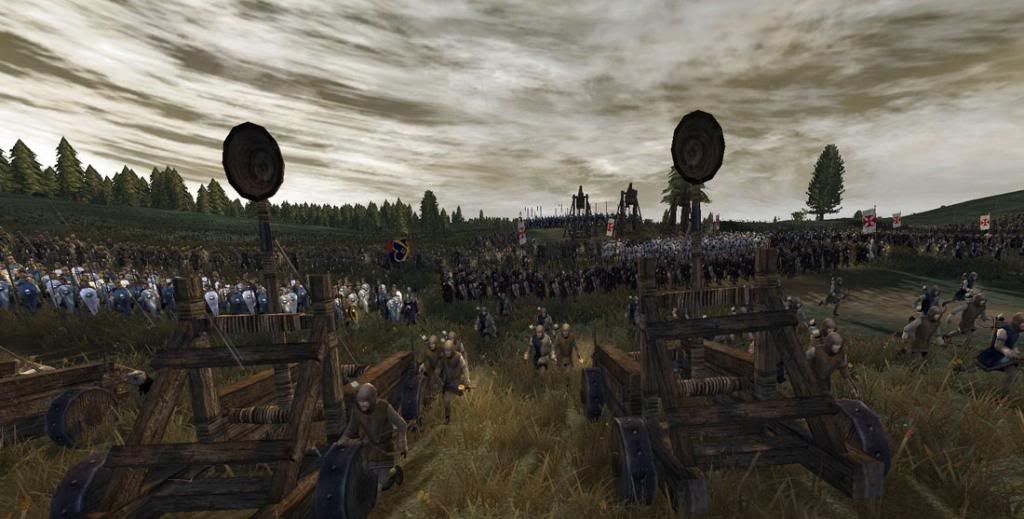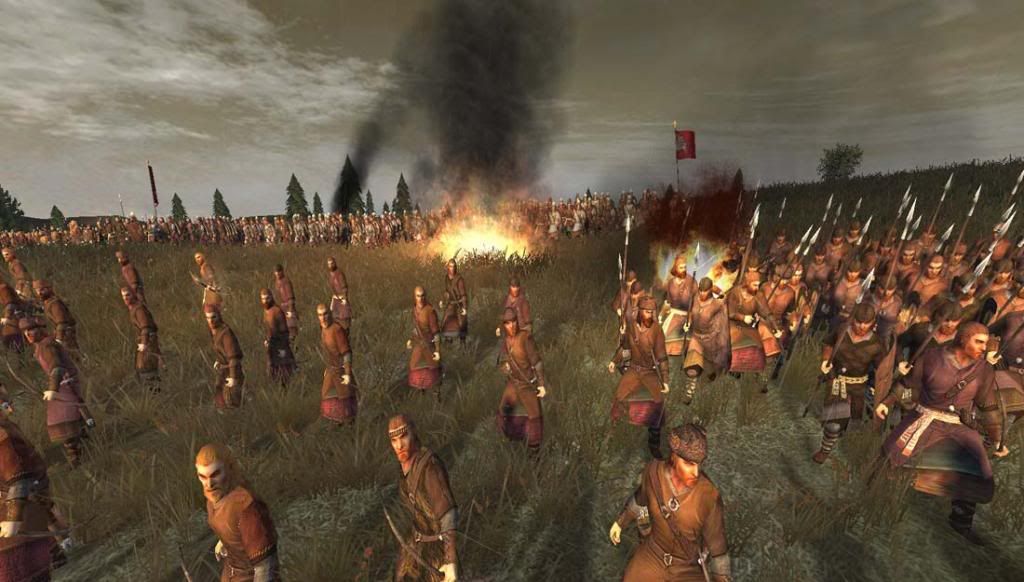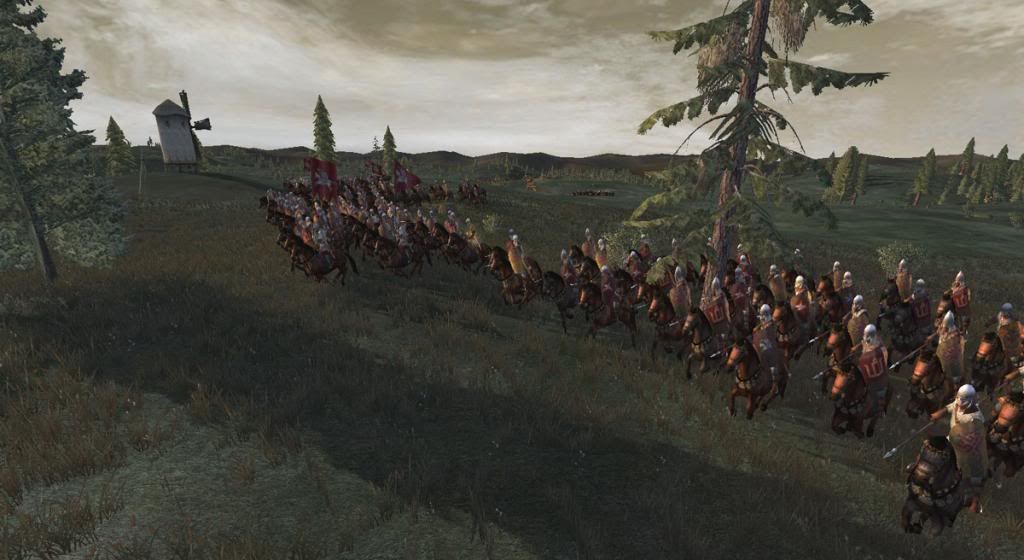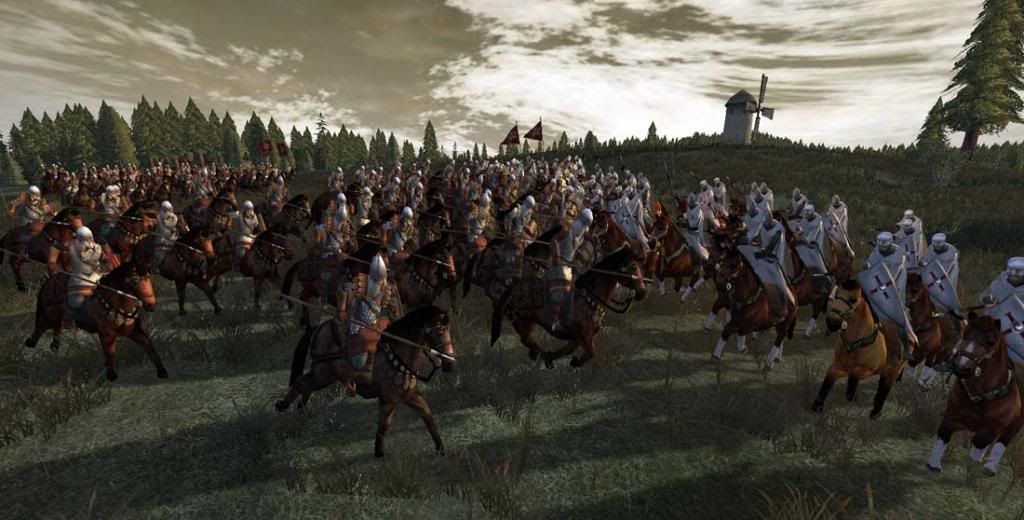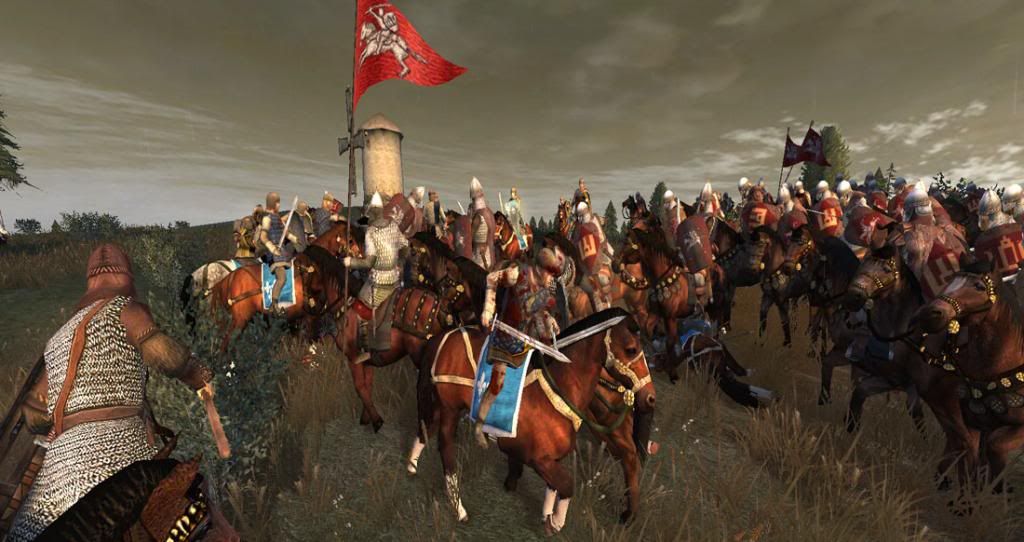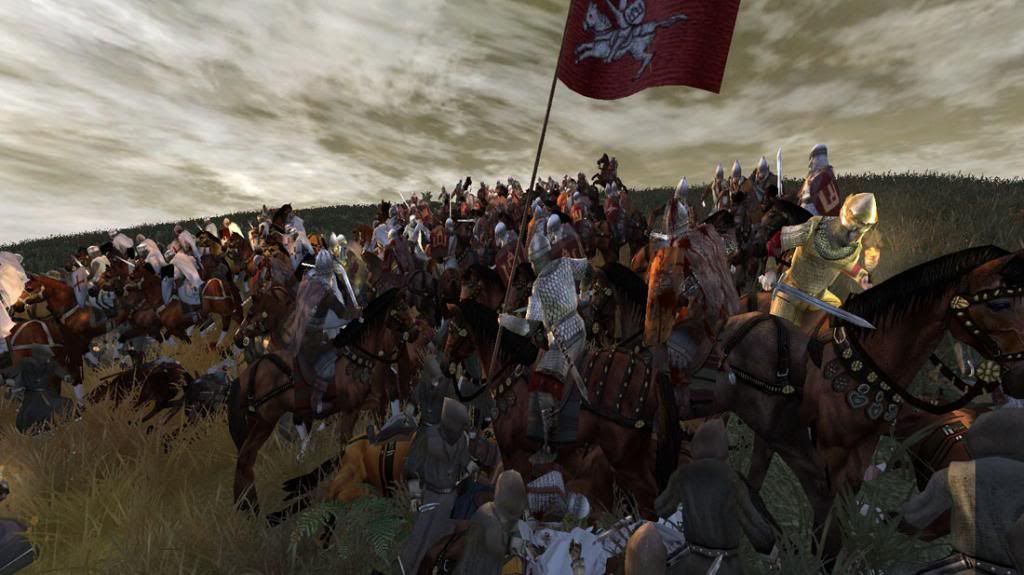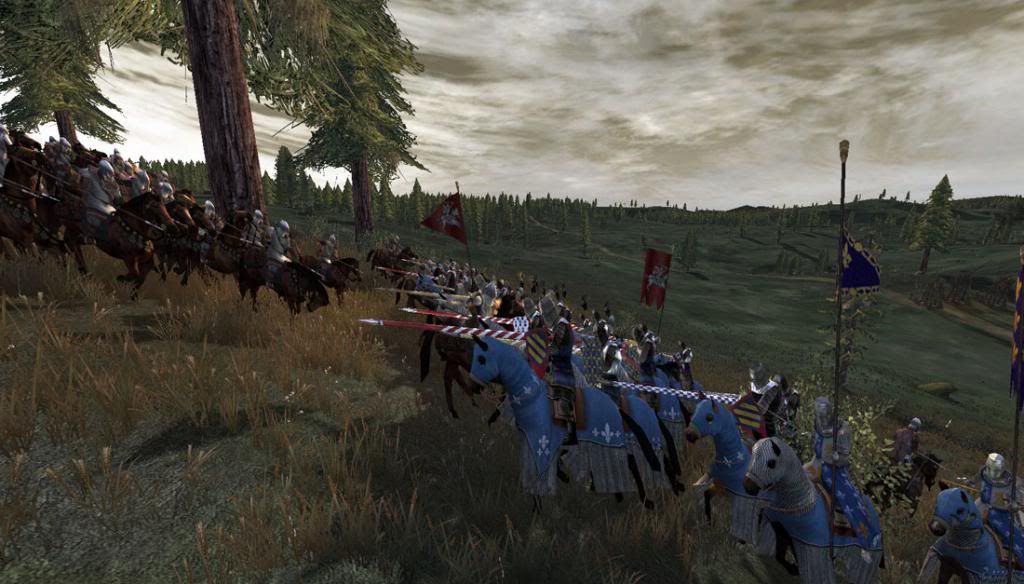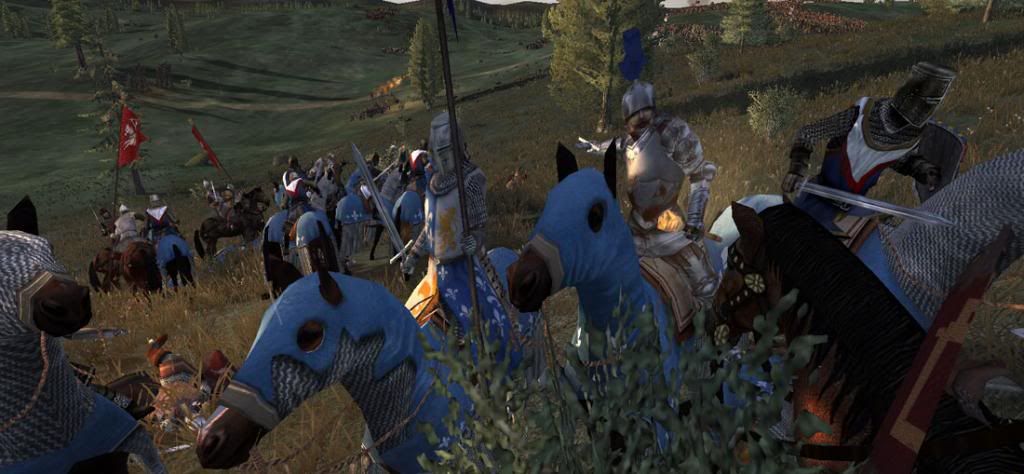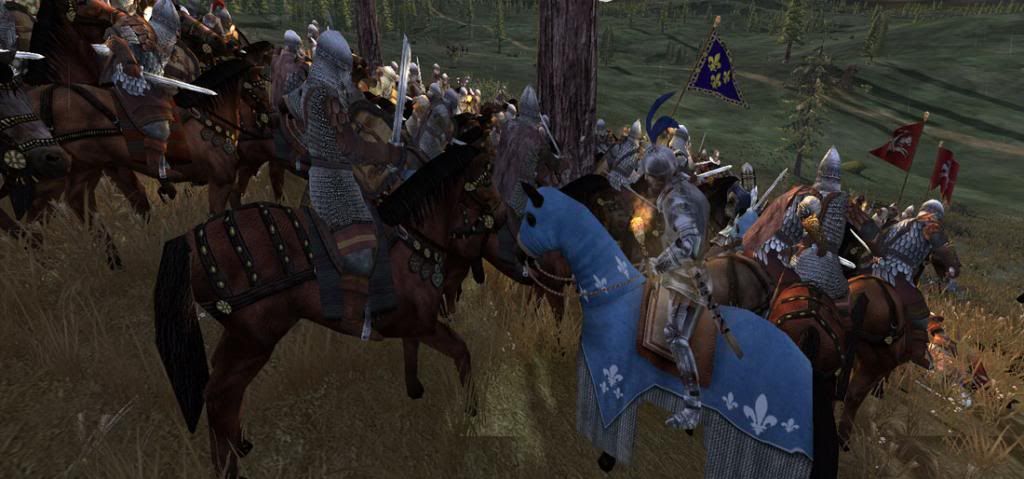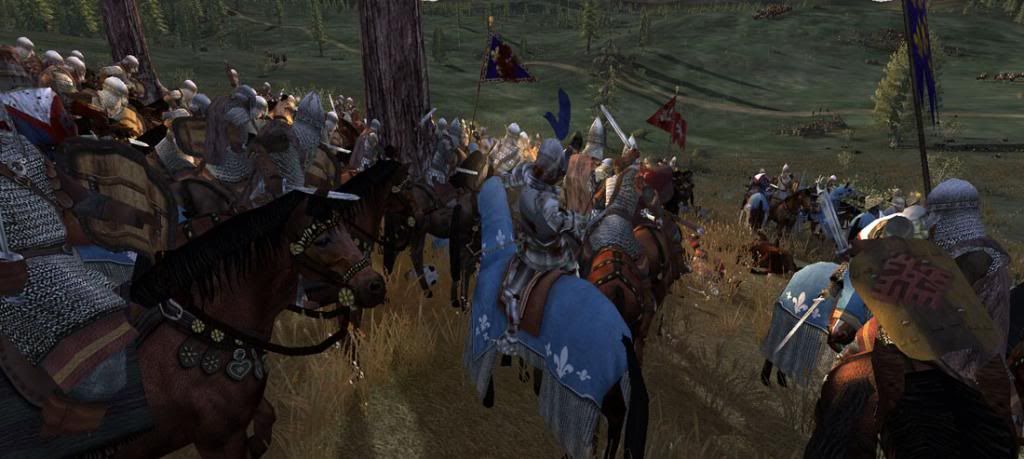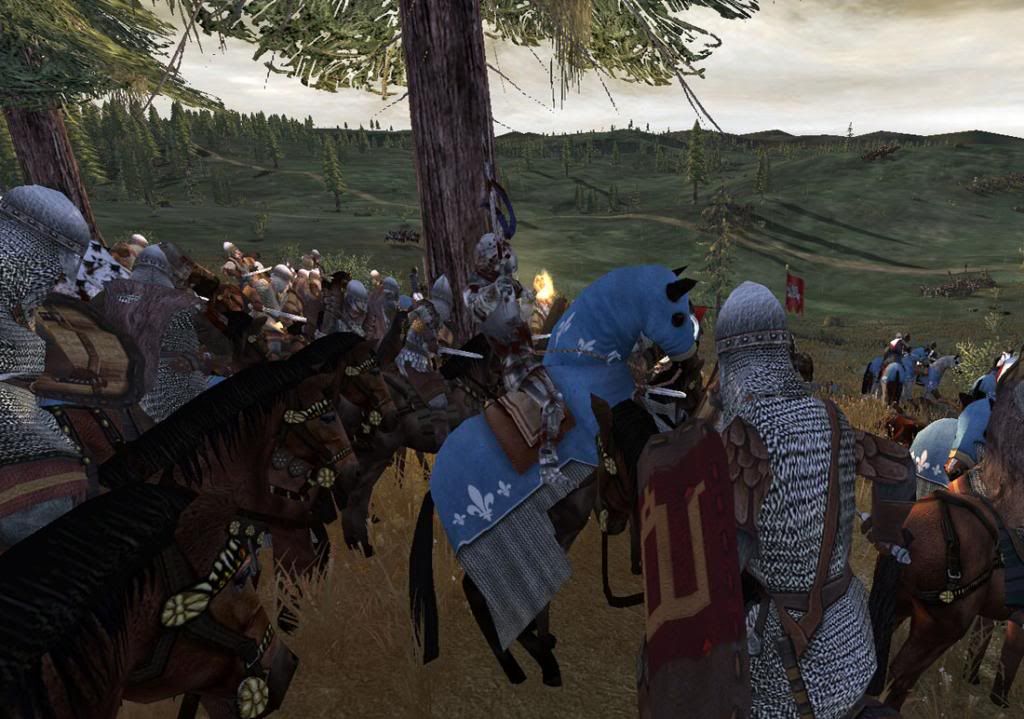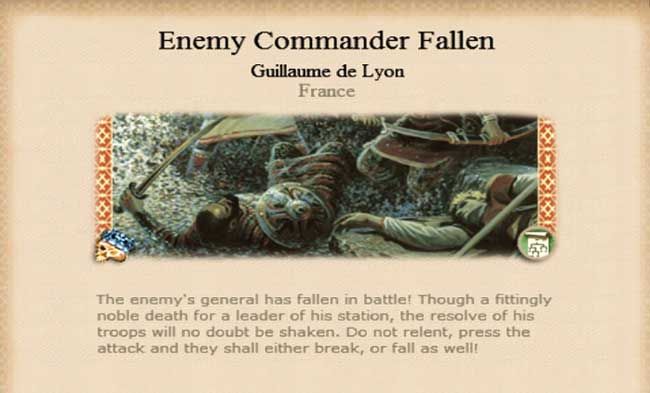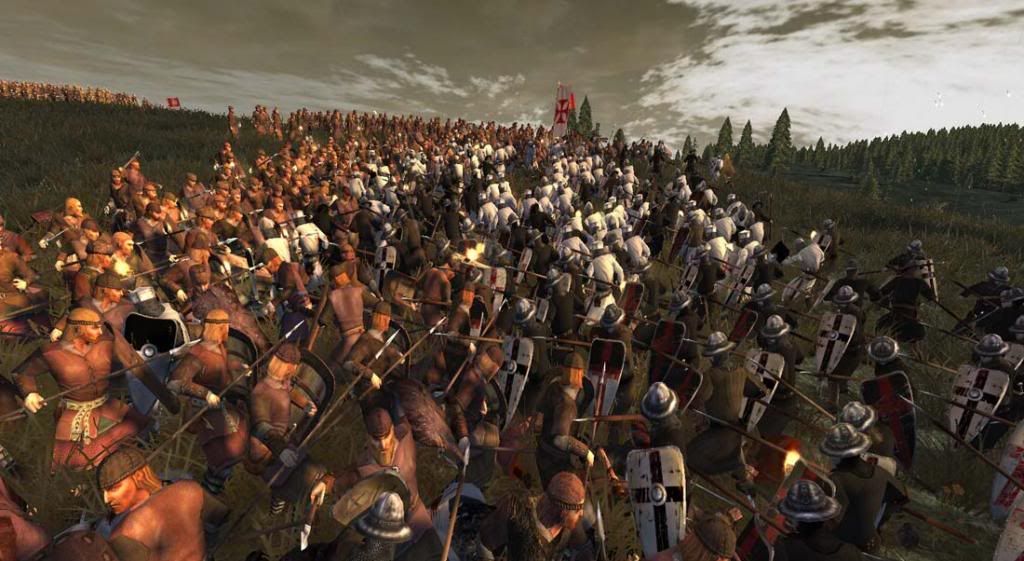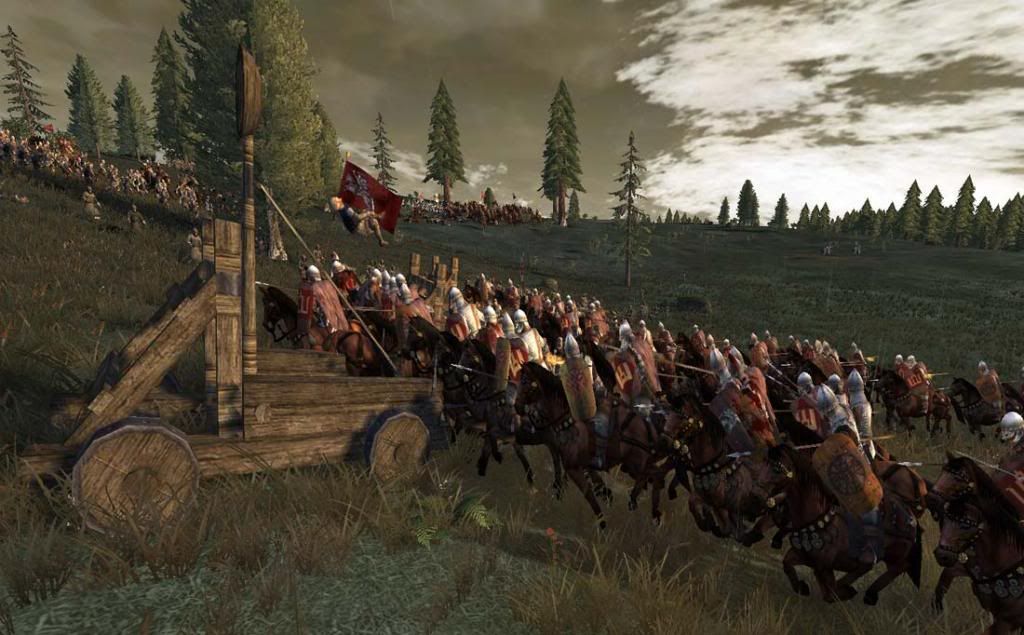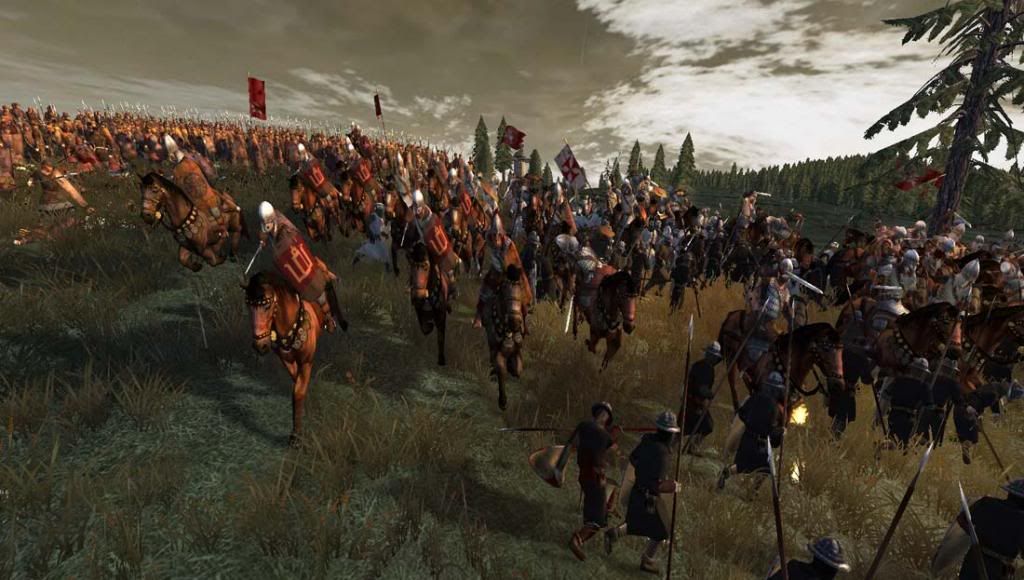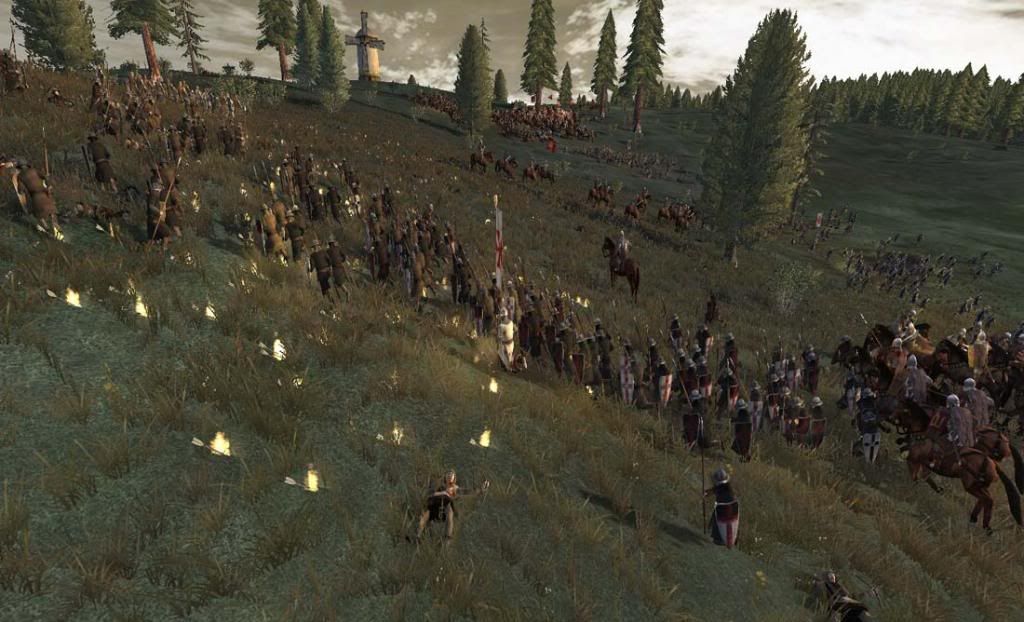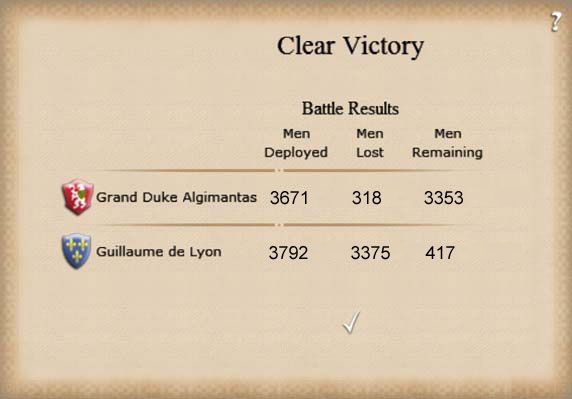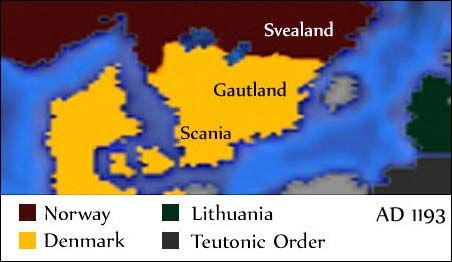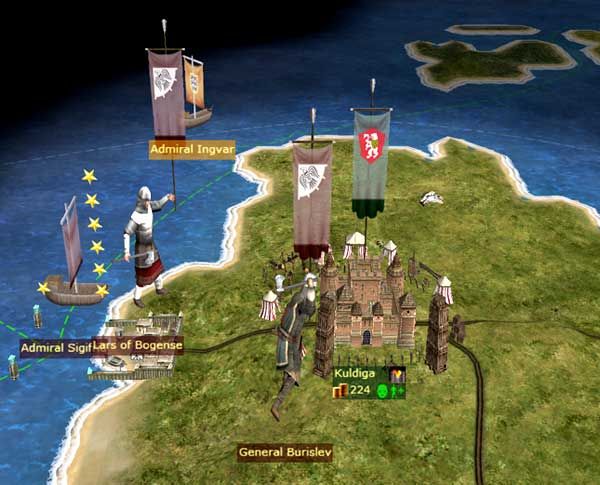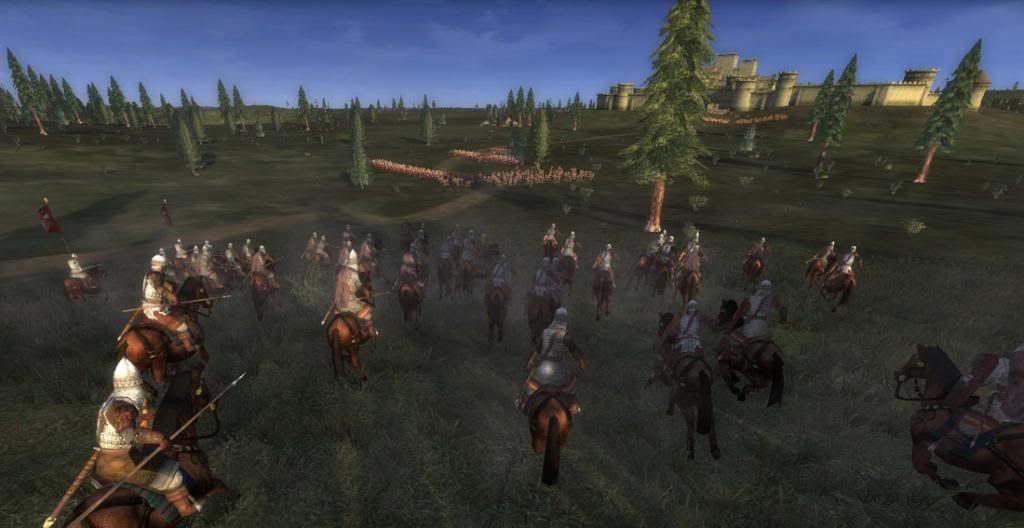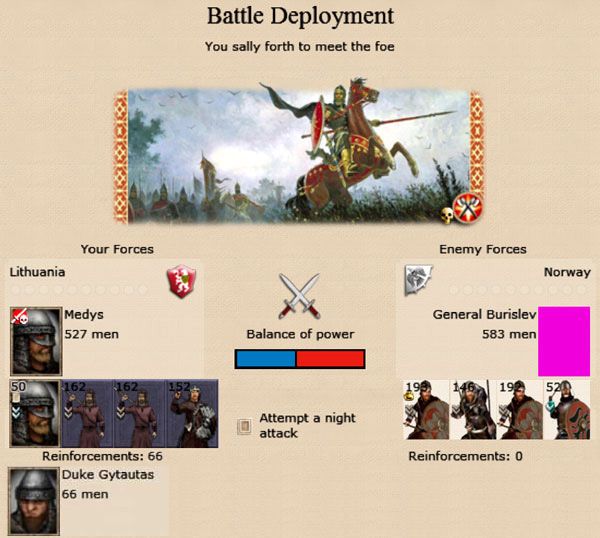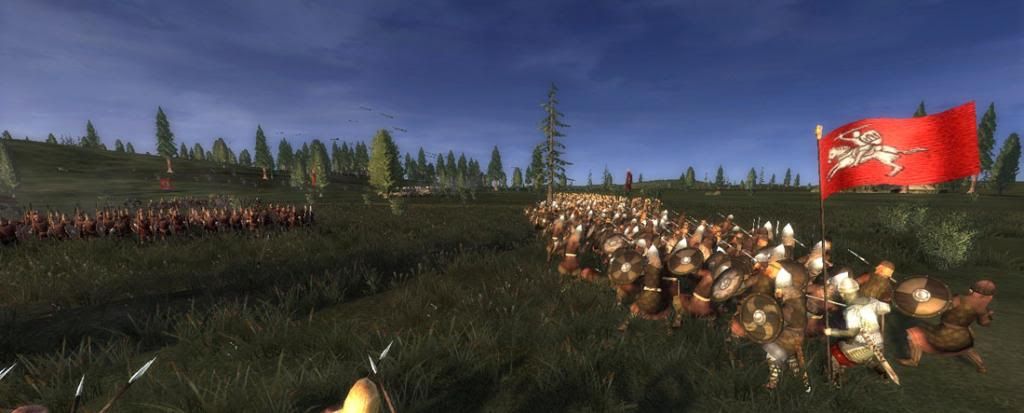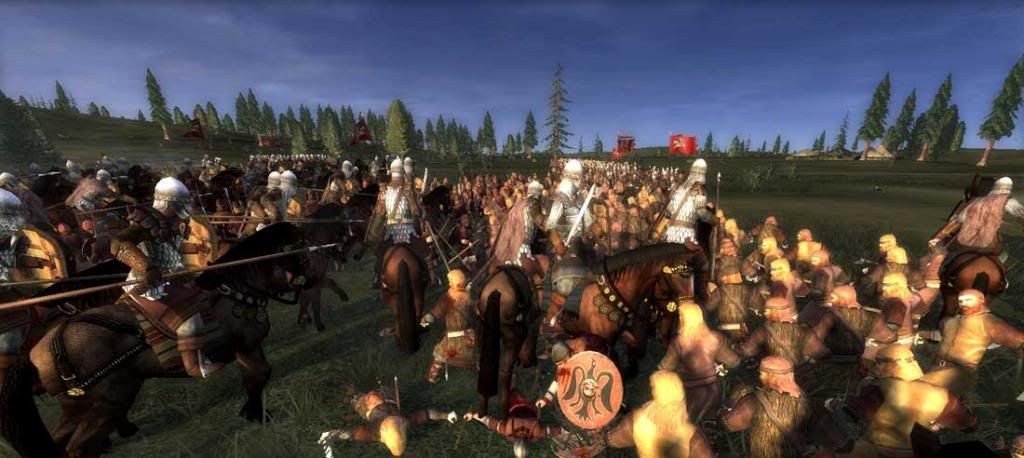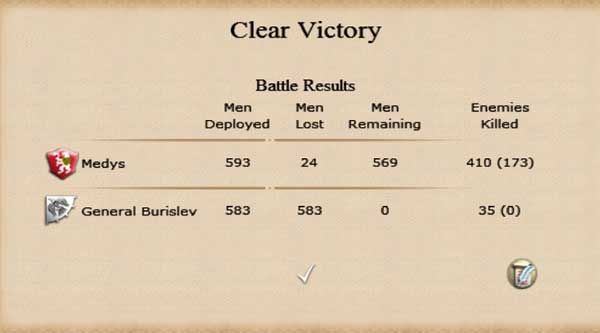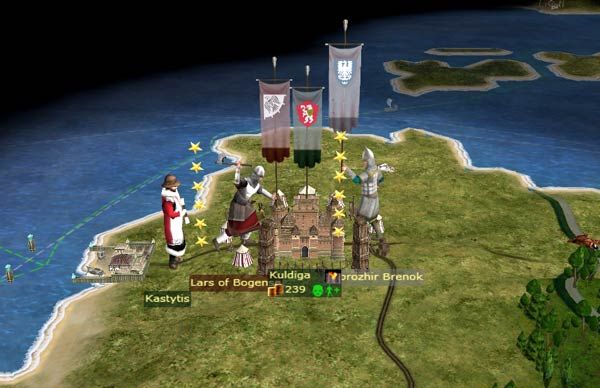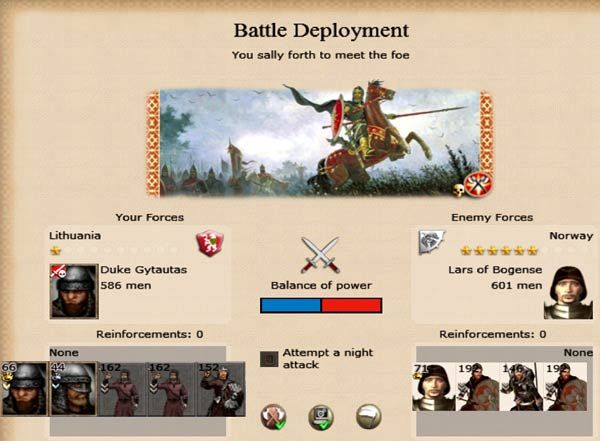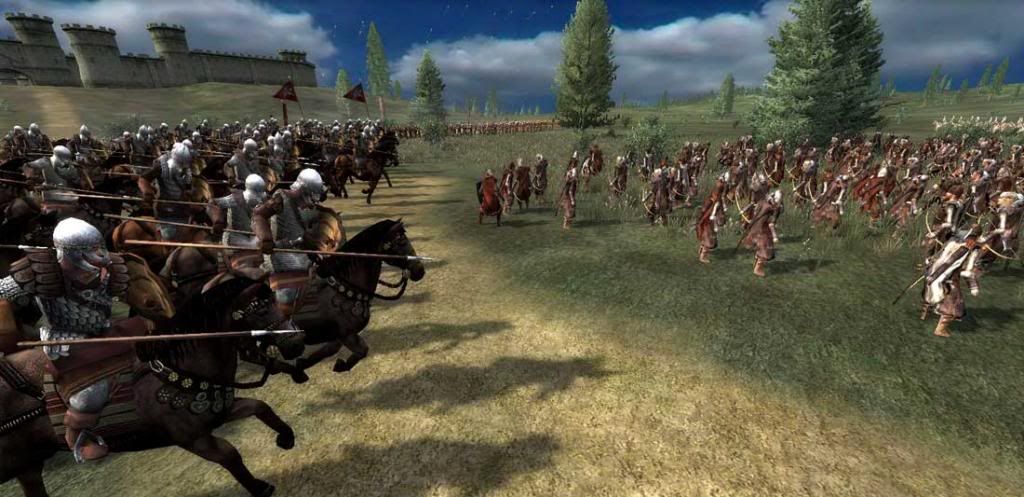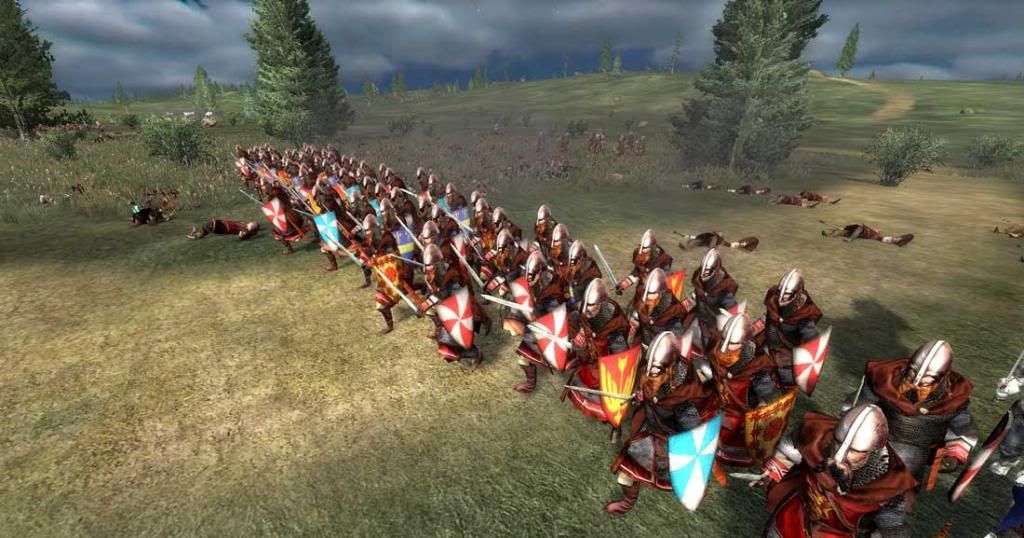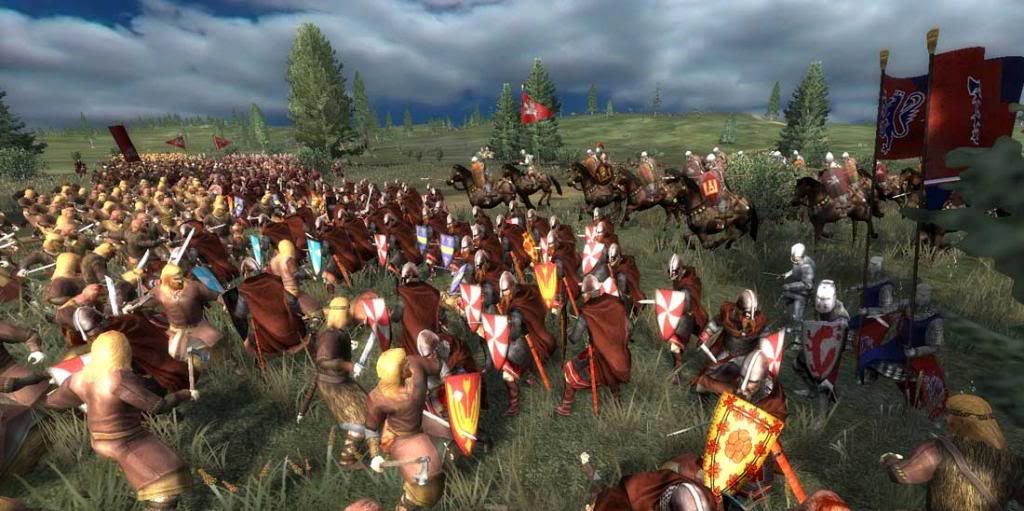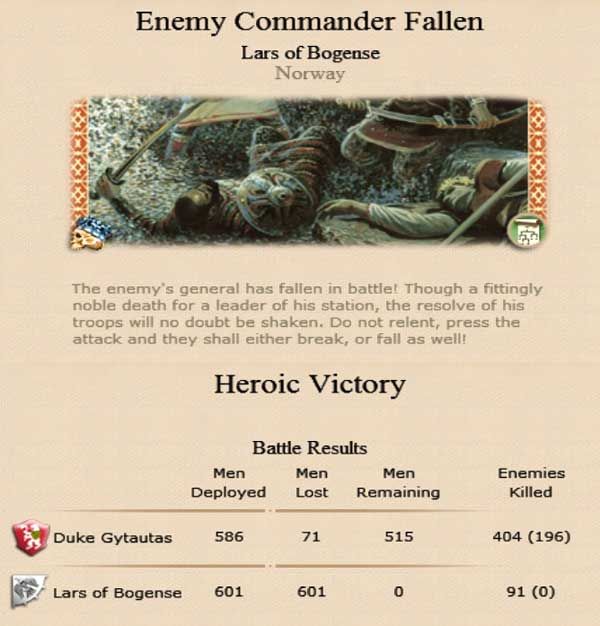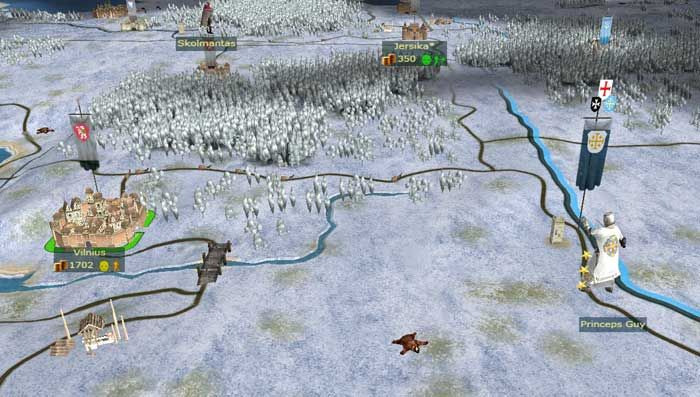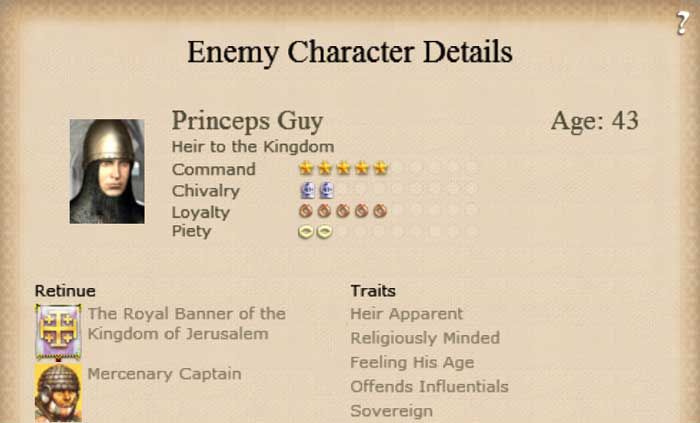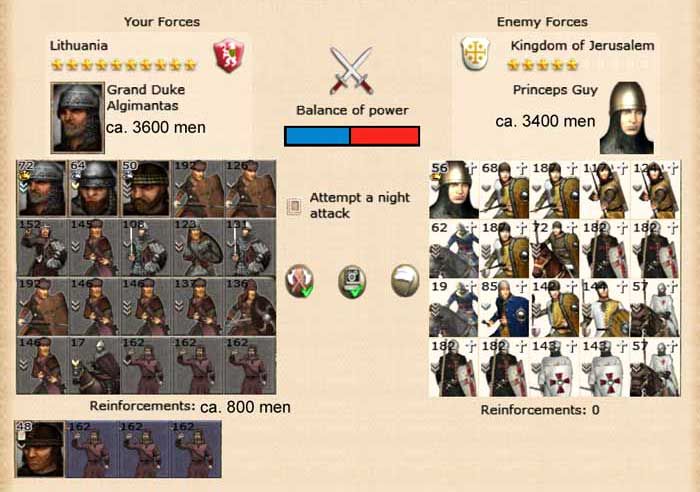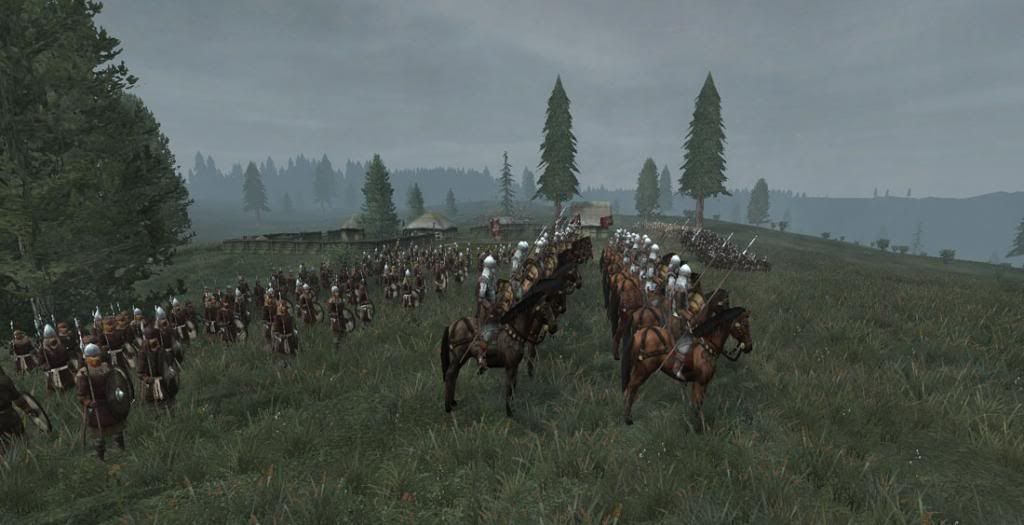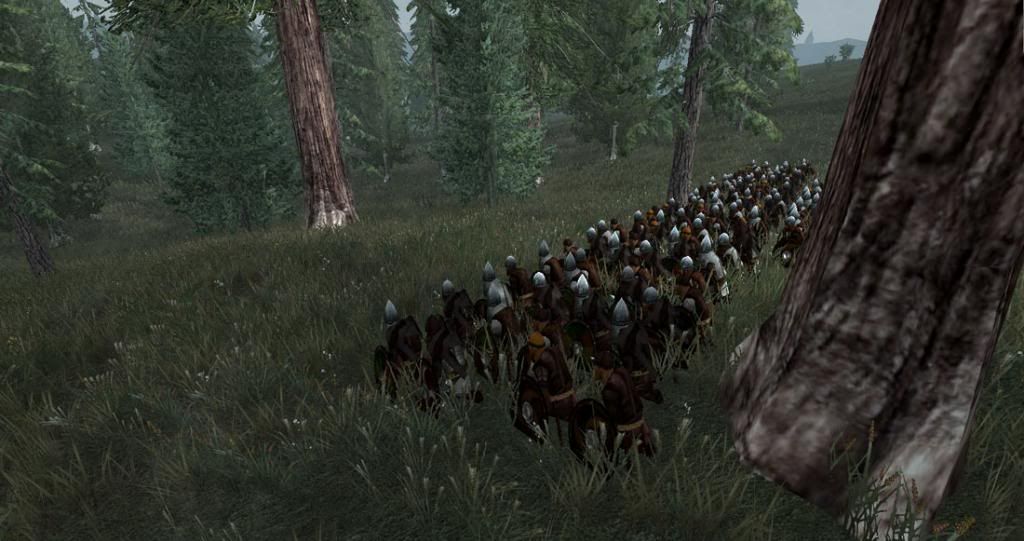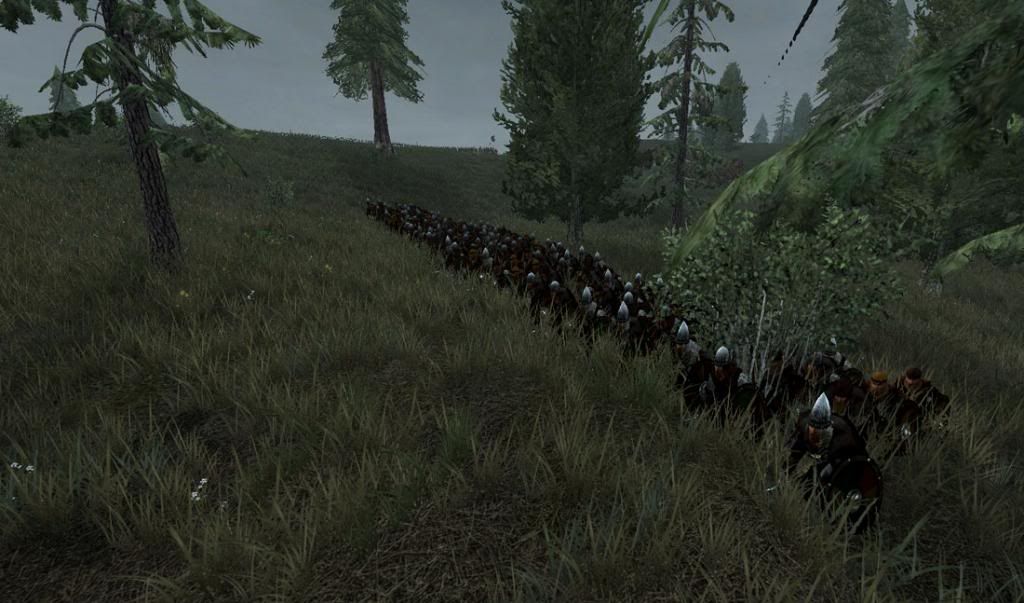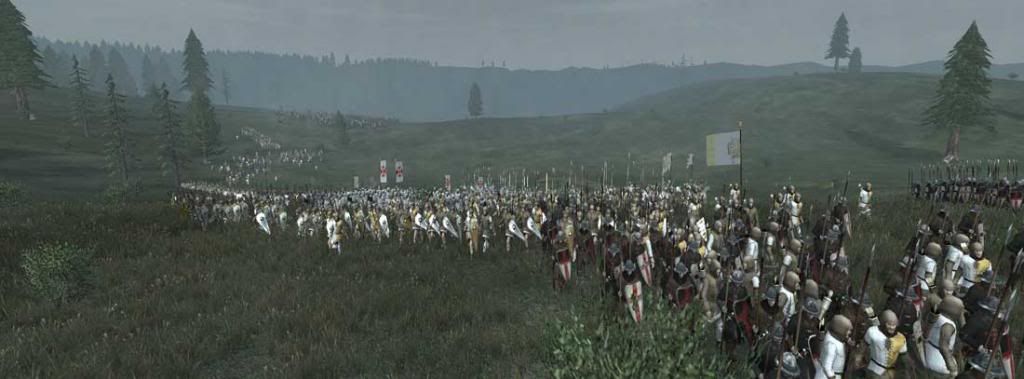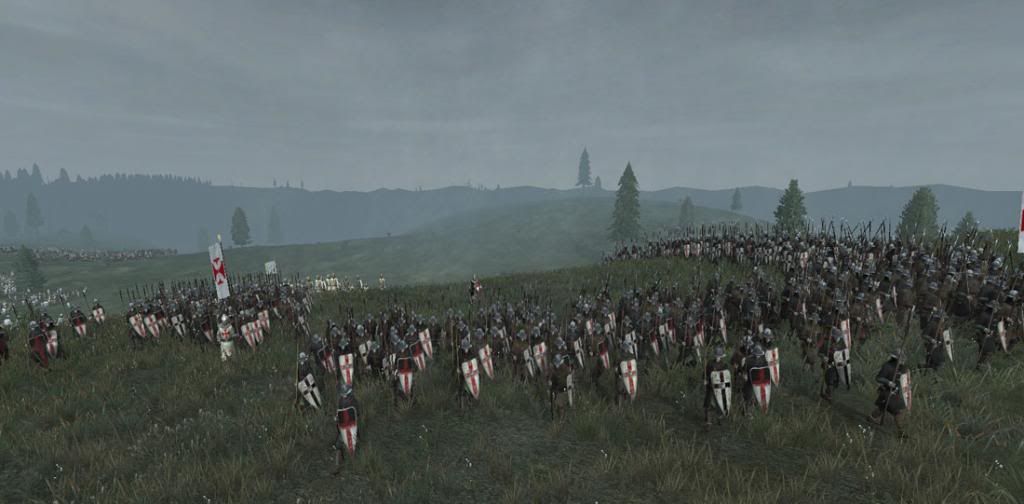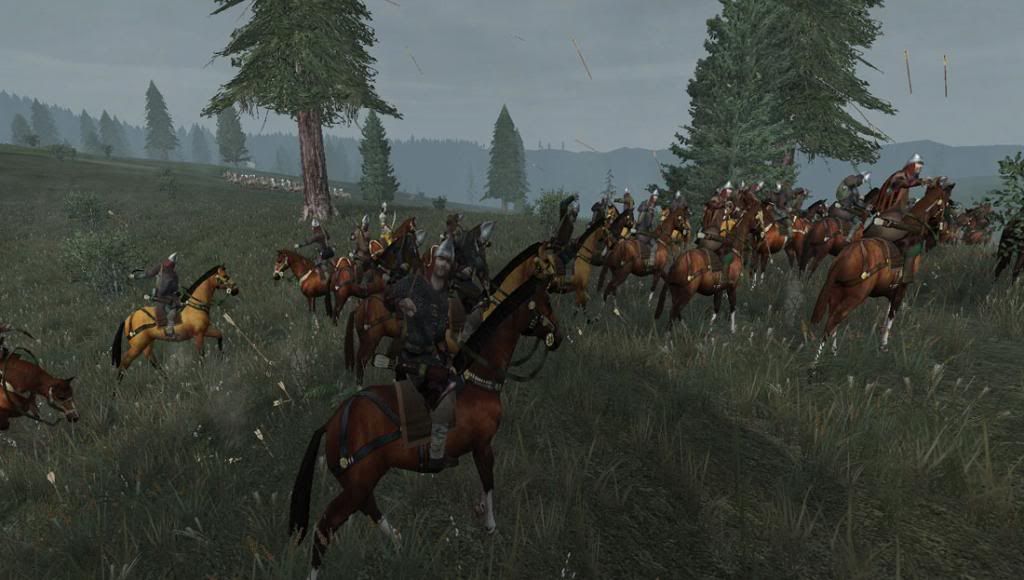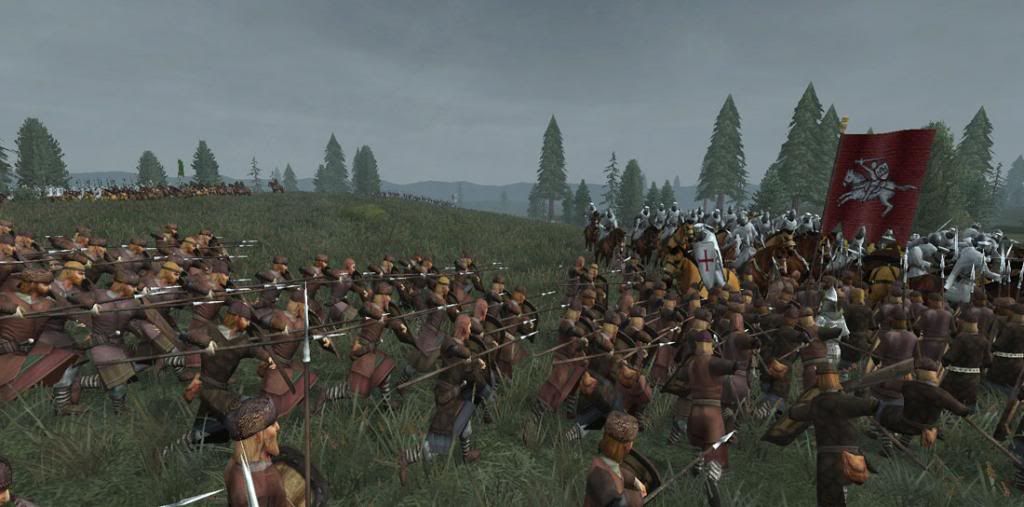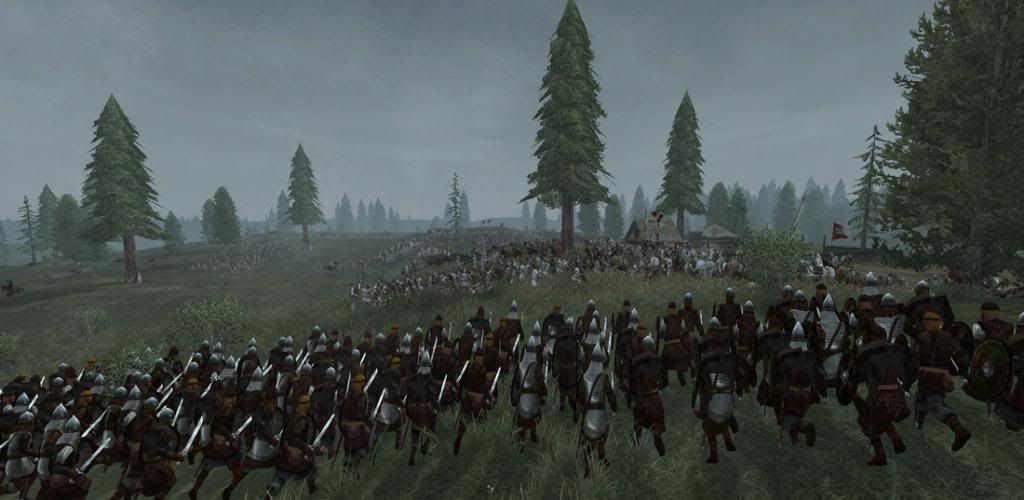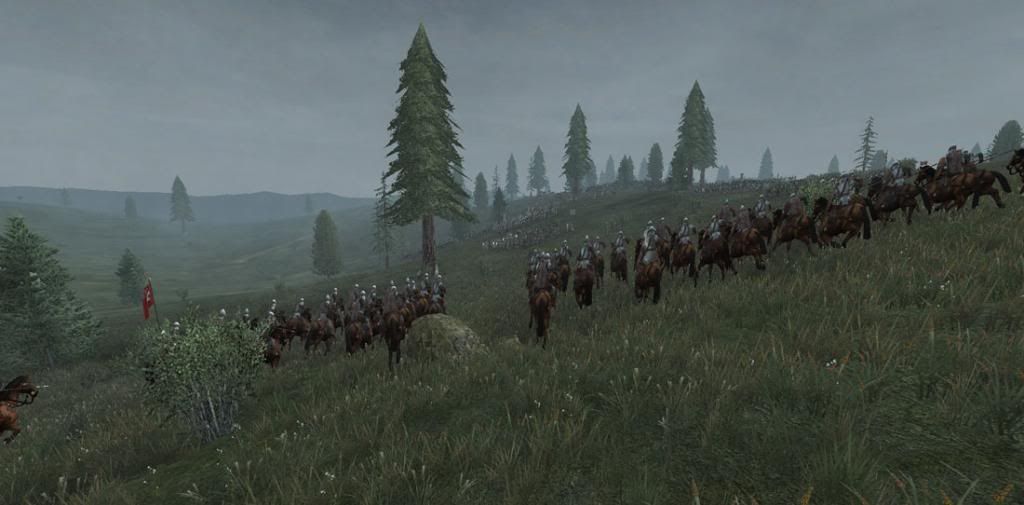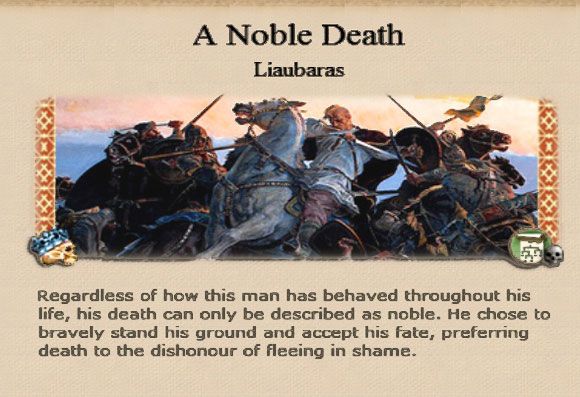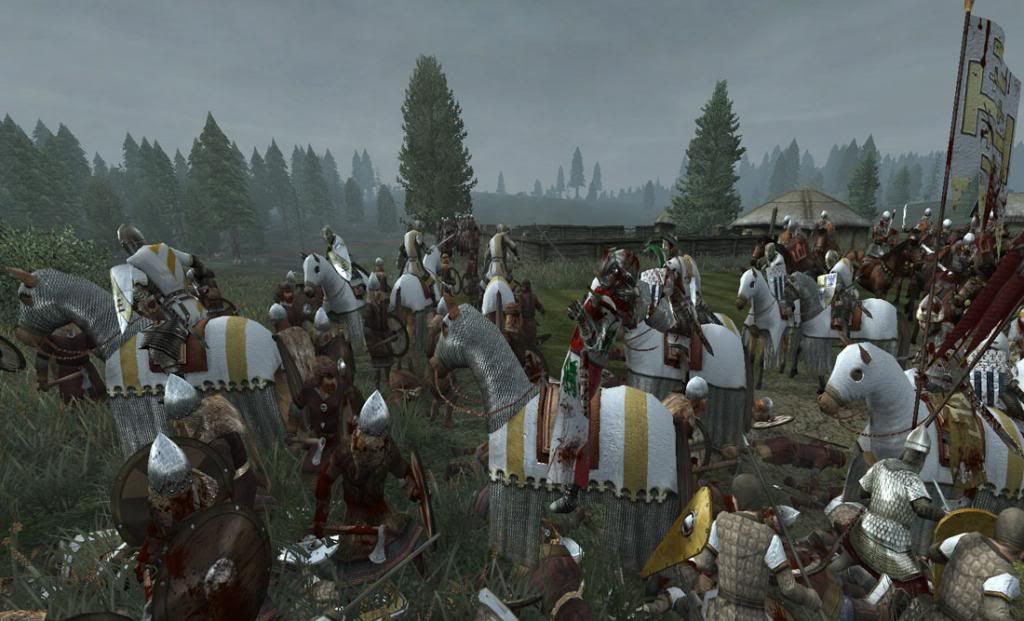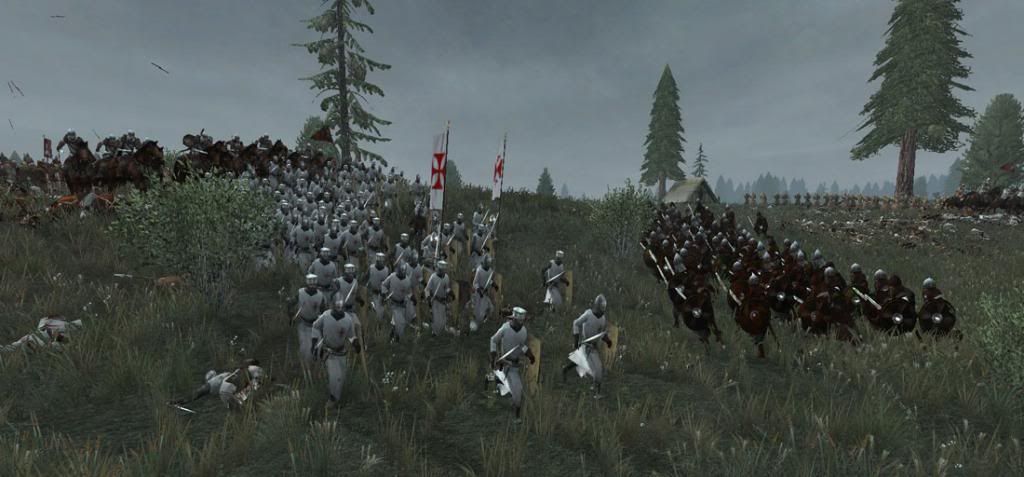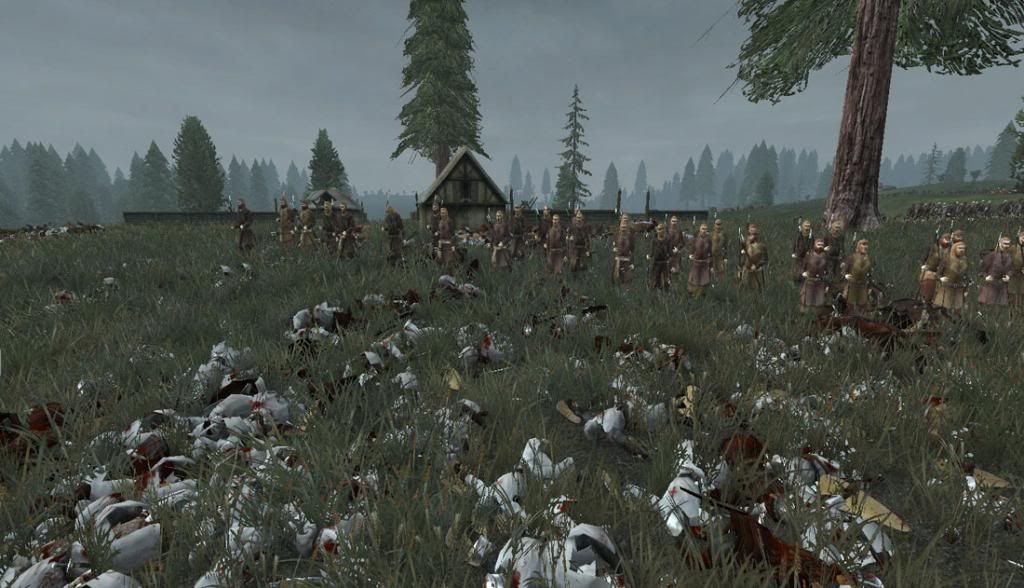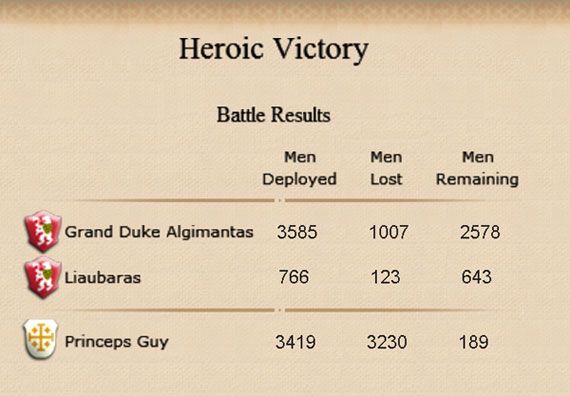Chapter IV: The Battle for Prussia
“The Lithuanians were fortunate that everything was going their way whenever they campaigned against the Christians. So they once again assembled a great army and in the course of the same year, on the Day of the Exaltation of the Holy Cross, came with it (…) and rampaged the length and breadth of the territory, looting and burning and causing great distress.”
Nikolaus von Jeroschin, Chronicon terrae Prussiae
The Lithuanian invasion of Eastern Prussia
By 1193, several conflicts and tensions within Catholic Europe –like Emperor Frederick's Italian campaign, the spread of Catharism in southern France and the Bohemian succession crisis– had relegated the Baltic crusade to the background. Despite Frederick’s initial commitment, no military force under imperial banners arrived in the Baltic, and those Germans who wished to fight against the pagan Lithuanians had to do it as guest crusaders of the Teutonic Order. Paradoxically, the only Christian monarchs who answered the Pope’s call were too far from the Baltic to have any strategic interest in the region, while the Lithuanians’ closest neighbours adopted a more pragmatic policy and preferred to have them as trade partners and allies.
It is unclear to which extent the crusades affected the relations between the Baltic polytheistic majority and the Christian minorities living in the Grand Duchy of Lithuania. Most historians mention the high degree of religious tolerance and peaceful coexistence of different cults in the Grand Duchy, even after the establishment of the Lithuanian state cult in the 13th century; ideas like holy war and forced conversion were strange to the Baltic pagan mind. In Upper Lithuania there was a considerable number of Orthodox Christian Slavs living mainly in the east and south, and at the latest since the times of Žvelgaitis the land had been open to merchants and craftsmen from Catholic Europe. Catholic and Orthodox Christians were also present even in the Grand Duke’s court as tutors, scholars and advisors.
The situation in Lower Lithuania, on the other hand, was less harmonious: the Samogitians generally regarded Christians with mistrust and hostility. Being neighbours of the Order State, they had suffered many Teutonic raids and received a larger influx of refugees from Eastern Prussia, direct witnesses of the brutalities committed by the crusaders.
Also, Catholic missionaries moved freely throughout Lower Lithuania since its annexation to the the Grand Duchy of Lithuania. However, many Samogitians were upset at the presence in their lands of those men of the cross who preached the faith of Christ, while foreigners waged war on them in the name of the same faith. The relative safety that Catholic laymen and clerics enjoyed had been long an important part of Algimantas’ foreign policy, a gesture of goodwill that even could be seen as a sign of his readiness to accept the Catholic faith, giving his Catholic neighbours –especially Poland– an excuse to refuse to participate in the crusade. This fine diplomatic balance would be broken if the Samogitians carried out violent actions against Christian priests. Algimantas believed that this could be averted only if the Teutonic Knights, whom he identified as the instigators of the crusades, were driven out from the Baltic.
The victory over the Levantine crusaders at Vilnius was followed by a large mobilization of troops from all over the Grand Duchy. Algimantas even refused to send reinforcements when he learned of the Norwegian landing in Curonia, and only reluctantly allowed his son Gytautas to assist Medys with the defense of Kuldiga. In September, the Lithuanians initiated their invasion of Prussia.
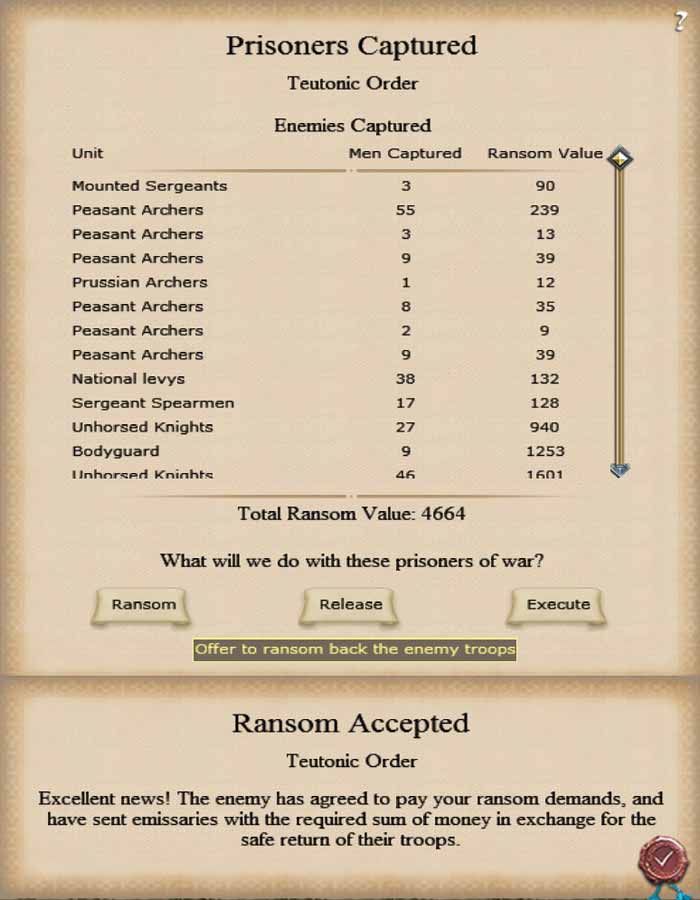




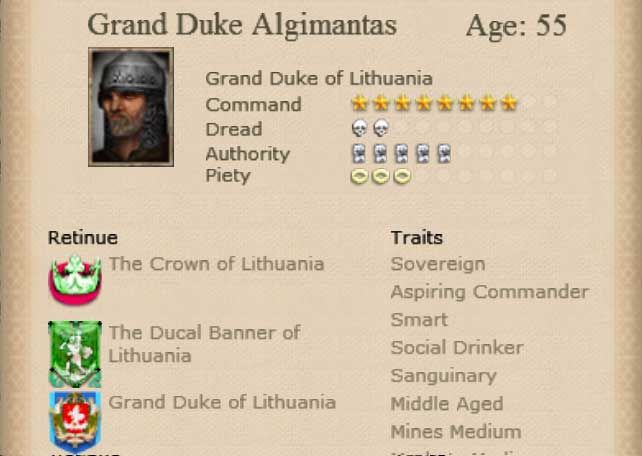
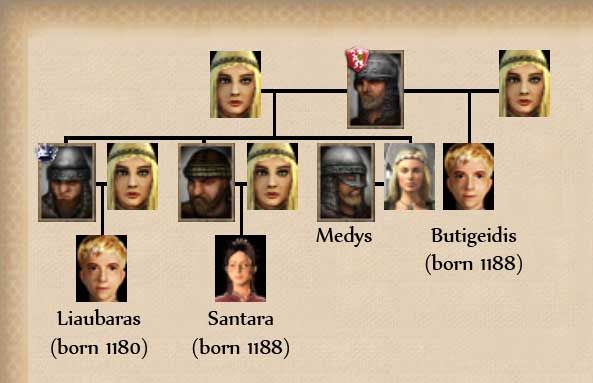
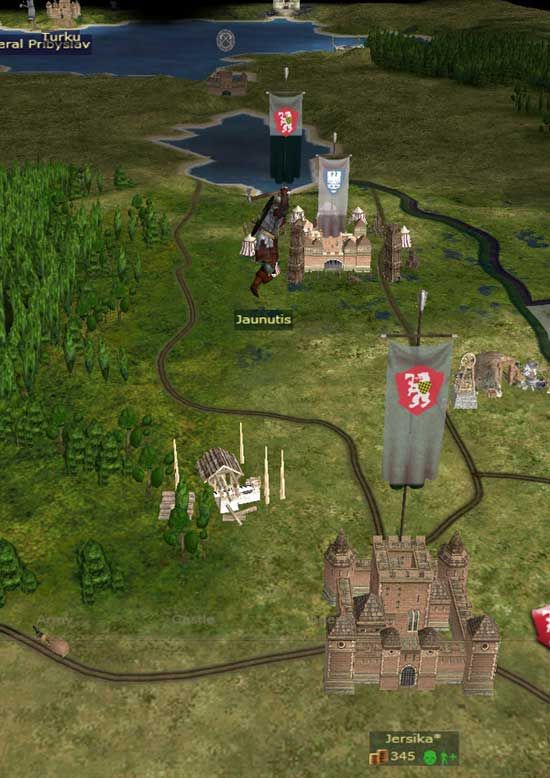


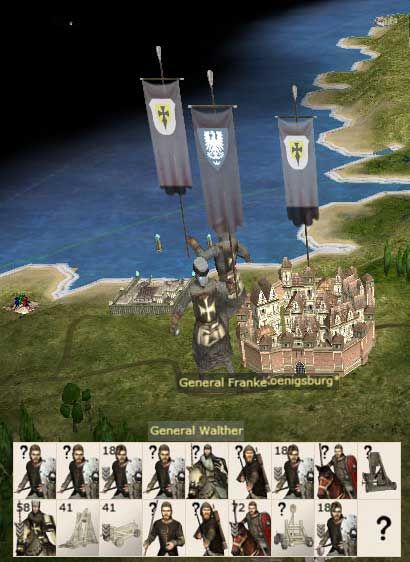
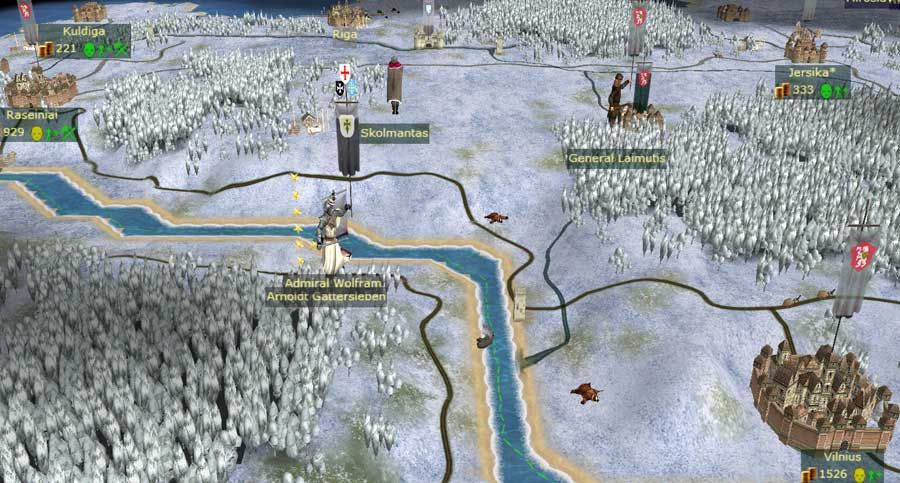
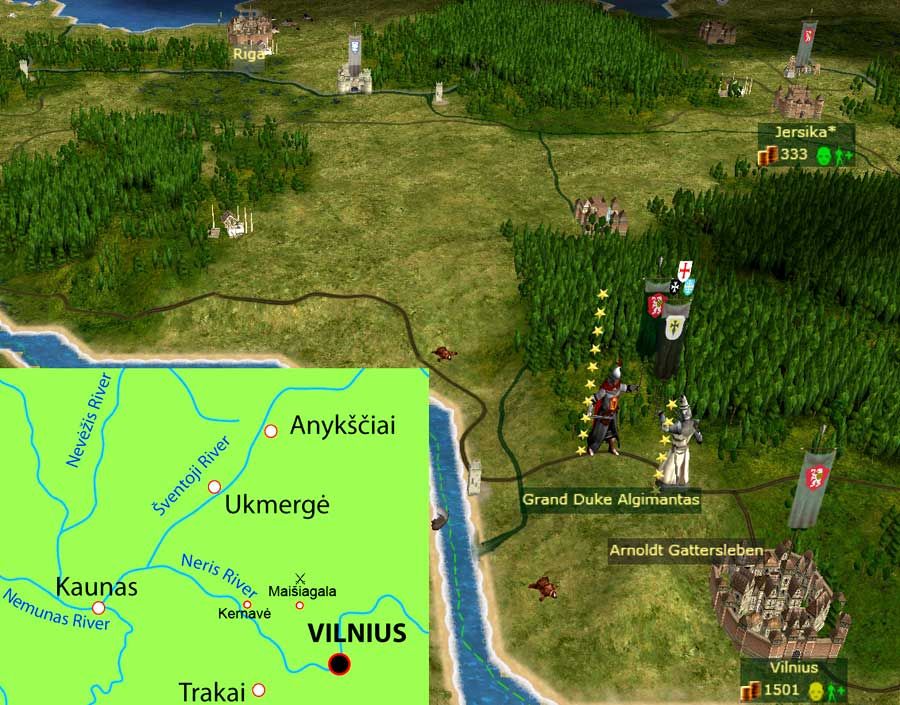
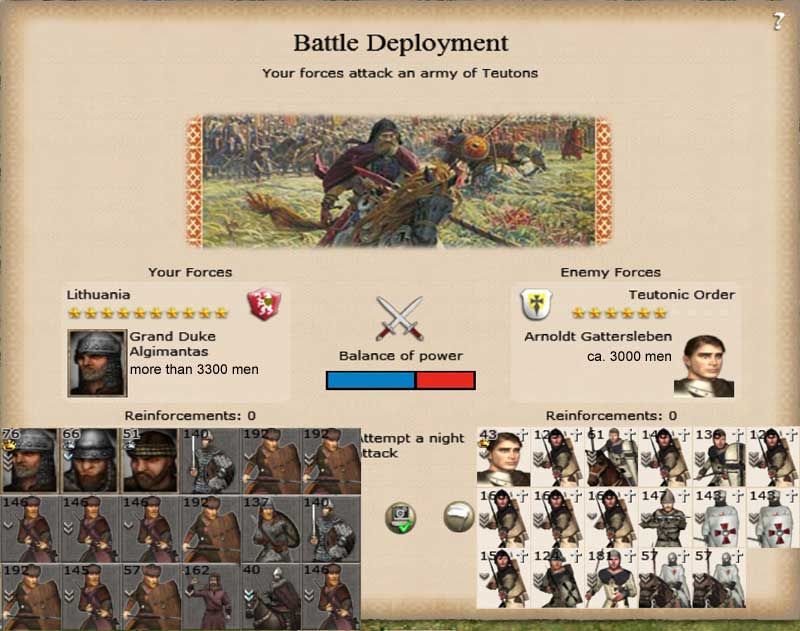
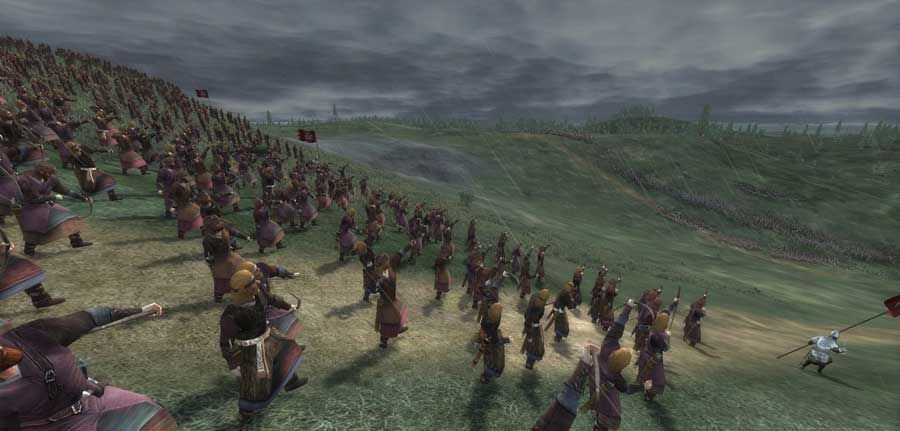
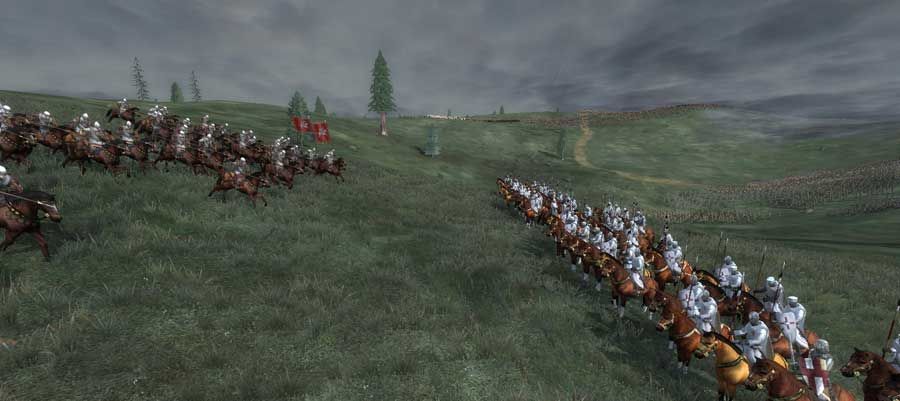
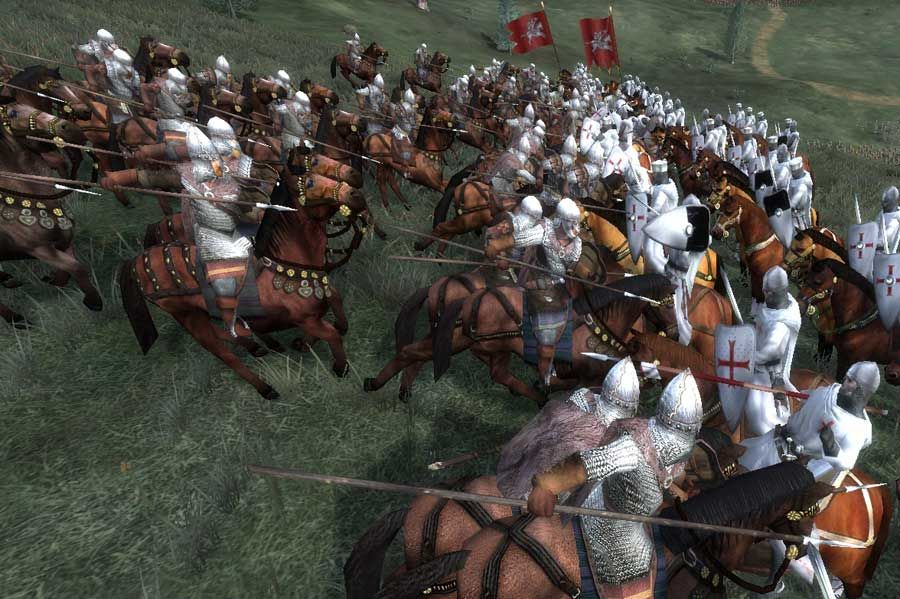
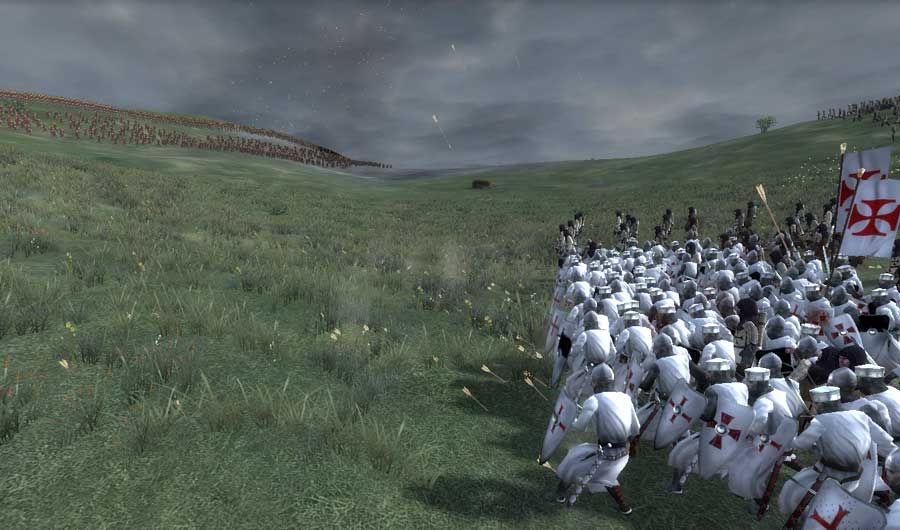
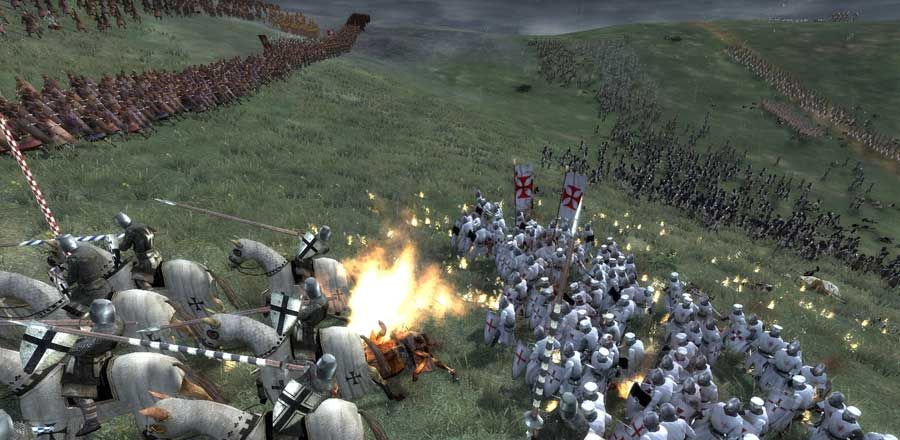
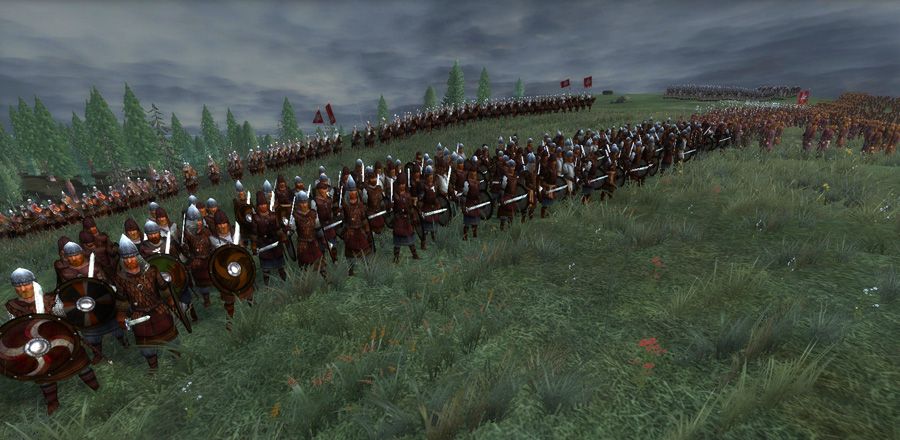
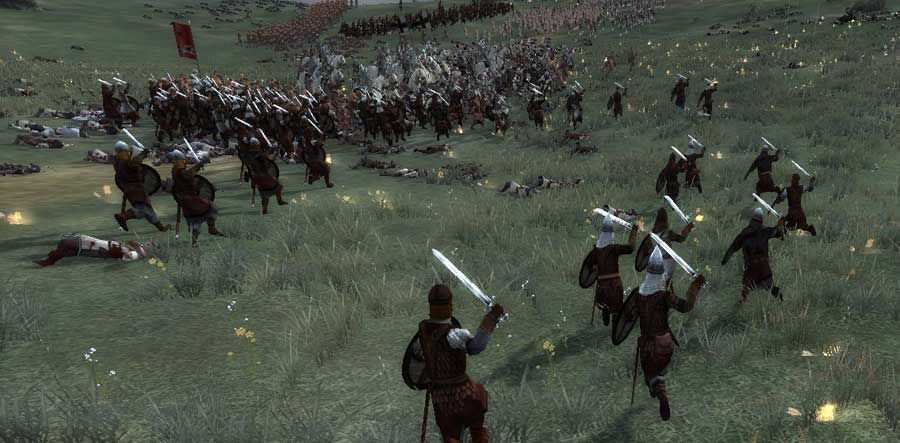
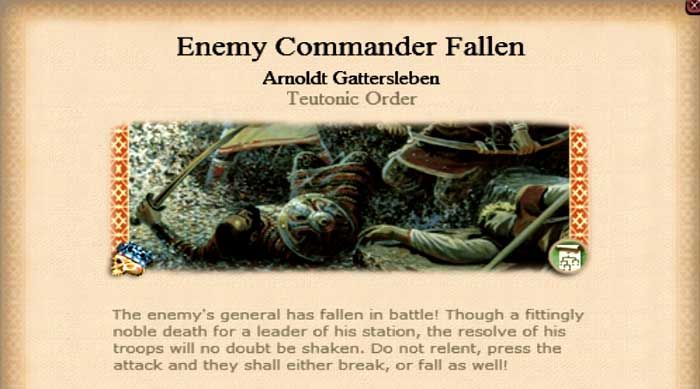
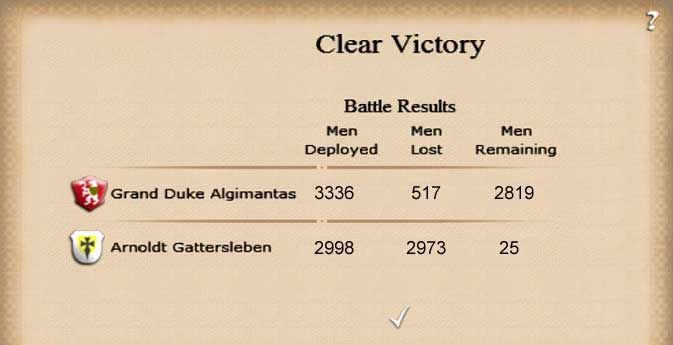

 Reply With Quote
Reply With Quote


